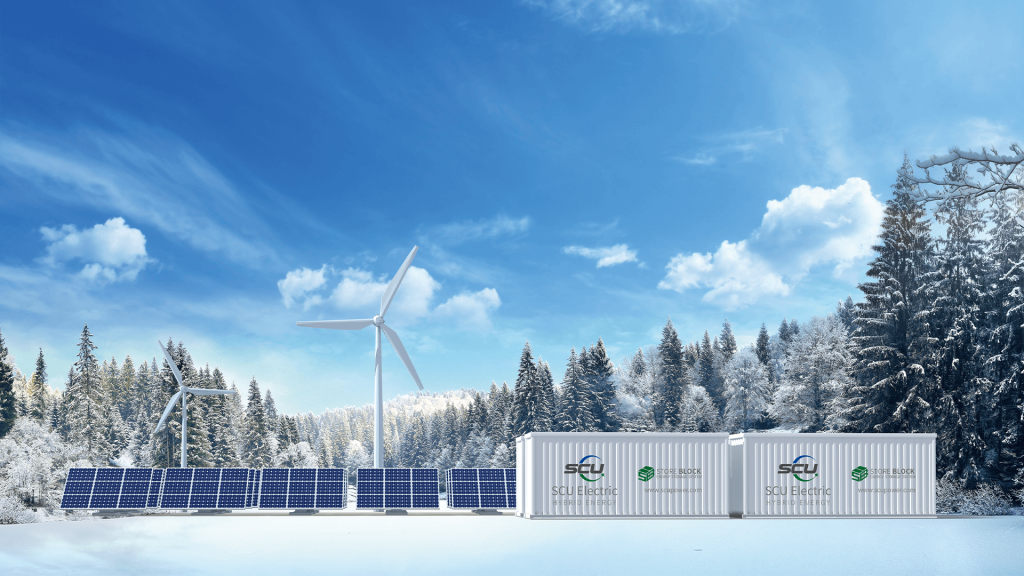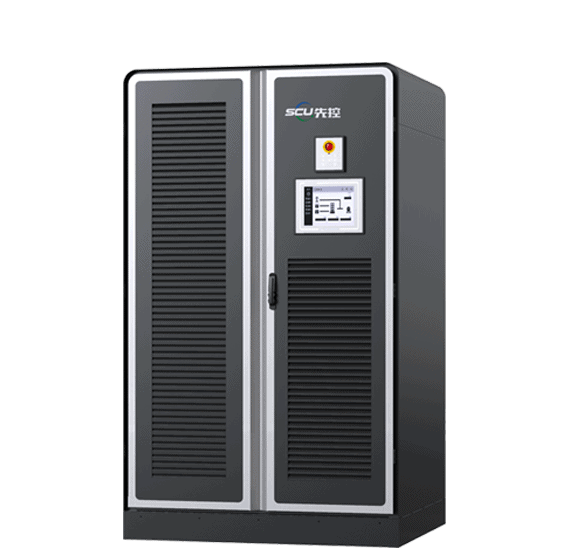In the ever-evolving era of clean energy, energy storage technology has become a focal point in the energy industry. Energy storage systems bring flexibility, stability, and sustainability to power systems. Within the field of energy storage, there are two primary domains: commercial and industrial energy storage and large-scale energy storage facilities. These two application areas differ significantly in terms of scale, purpose, and technology. Each domain provides solutions for different types of energy needs and challenges within power systems.
This article delves into these two energy storage domains, exploring their distinctions and their pivotal roles in driving the transition toward clean energy. Whether it’s to meet commercial demands or to support the sustainability of the power grid, understanding the differentiation between commercial and industrial energy storage and large-scale energy storage facilities will enhance our comprehension of their roles in the future energy landscape.
Industrial and commercial energy storage system structure:
- Industrial and commercial energy storage is a typical application of distributed energy storage systems on the user side. It is characterized by being close to the distributed photovoltaic power source and load center. It can not only effectively increase the consumption rate of clean energy but also effectively reduce the transmission of electric energy losses.
- Industrial and commercial energy storage systems are different from large energy storage peaking and frequency regulation power stations. Its main purpose is to use the peak and valley price difference of the power grid to achieve investment returns. The main load is to meet the internal power needs of industry and commerce and maximize photovoltaic power generation for self-use or Arbitrage through peak and valley spreads.
- Industrial and commercial energy storage systems and energy storage power station systems include battery systems + BMS, PCS, EMS, transformers, racks, connecting cables, converging cabinets, lightning protection and grounding systems, monitoring and alarm systems, etc. The systems are all modularly designed. , system voltage and capacity can be flexibly configured.
- Industrial and commercial energy storage has a relatively small capacity and relatively simple system functions; industrial and commercial energy storage has lower system control requirements than energy storage power stations, and some PCS products also have BMS functions. In terms of EMS, industrial and commercial energy storage only needs to set charge and discharge. Energy management can be completed in a short time, and the functional requirements are lower than those of energy storage power stations.
BMS
Industrial and commercial energy storage battery BMS for battery pack:
- Provides overcharge, over-discharge, over-current, over-temperature, under-temperature, short circuit, and current limiting protection functions;
- Provide voltage equalization function during charging;
- Parameter configuration and data monitoring are performed through the background software, which communicates with many different types of PCS and jointly manages the energy storage system intelligently.
Energy storage power station BMS to battery:
- Carry out layered and hierarchical unified management, and the structure level is more complex;
- According to the characteristics of each layer and level, various parameters and operating status of the battery are calculated and analyzed to achieve effective management such as balancing, alarming, and protection so that each group of batteries can achieve equal output and ensure that the system reaches the best operating state and longest operation time;
- Provide accurate and effective battery management information, greatly improve battery energy utilization efficiency, and optimize load characteristics through battery balancing management. At the same time, it maximizes the battery life and ensures the stability, safety, and reliability of the energy storage system.
PCS
The functions of industrial and commercial energy storage PCS are relatively simple and more adaptable:
- Based on bidirectional current conversion, it is compact, can be flexibly expanded according to its own needs, and is easier to integrate with the battery system;
- It has an ultra-wide voltage range of 150-750V, which can meet the series and parallel connection requirements of a variety of batteries; it has one-way charging and discharging and is suitable for various types of photovoltaic inverters.
Energy storage power station PCS has grid support functions:
- The DC side voltage of the converter is wider and can operate at full load at 1500V;
- In addition to the basic functions of the converter, it also has grid support functions, such as primary frequency modulation, source-grid-load rapid dispatching functions, etc. The grid has strong adaptability and can achieve rapid power response (<30ms).
Battery
Industrial and commercial energy storage uses energy-based batteries. These batteries provide reliable energy storage and are small, lightweight, and suitable for installation in relatively limited spaces.
Industrial and commercial energy storage has relatively low response time requirements. Energy-based batteries are used after comprehensive consideration of factors such as cost, cycle life, and response time.
Energy storage power stations use power batteries for frequency regulation. Similar to industrial and commercial energy storage, most energy storage power stations use energy batteries. However, because they need to provide auxiliary power services, the energy storage battery system of frequency regulation power stations has higher requirements on cycle life and response time. Batteries used for frequency regulation and emergency backup need to be selected. Power type.
EMS
Most industrial and commercial energy storage system does not need to accept grid dispatch, so the EMS system functions are relatively basic and are mainly used to optimize energy use. It only needs to do local energy management: support battery balance management of the energy storage system to ensure operational safety and support millisecond-level rapid response. Realize integrated management and centralized control of energy storage subsystem equipment.
Energy storage power stations need to accept grid dispatch, so they have higher requirements for EMS systems. In addition to basic energy management functions, it also needs to have the function of providing grid dispatching interface and energy management for the microgrid system; support multiple communication protocols, have a standard power dispatching interface; be able to handle energy transfer, microgrid, power frequency regulation, and other applications Manage and monitor energy; Supports monitoring of multi-energy complementary systems such as source, network, load, and storage.


